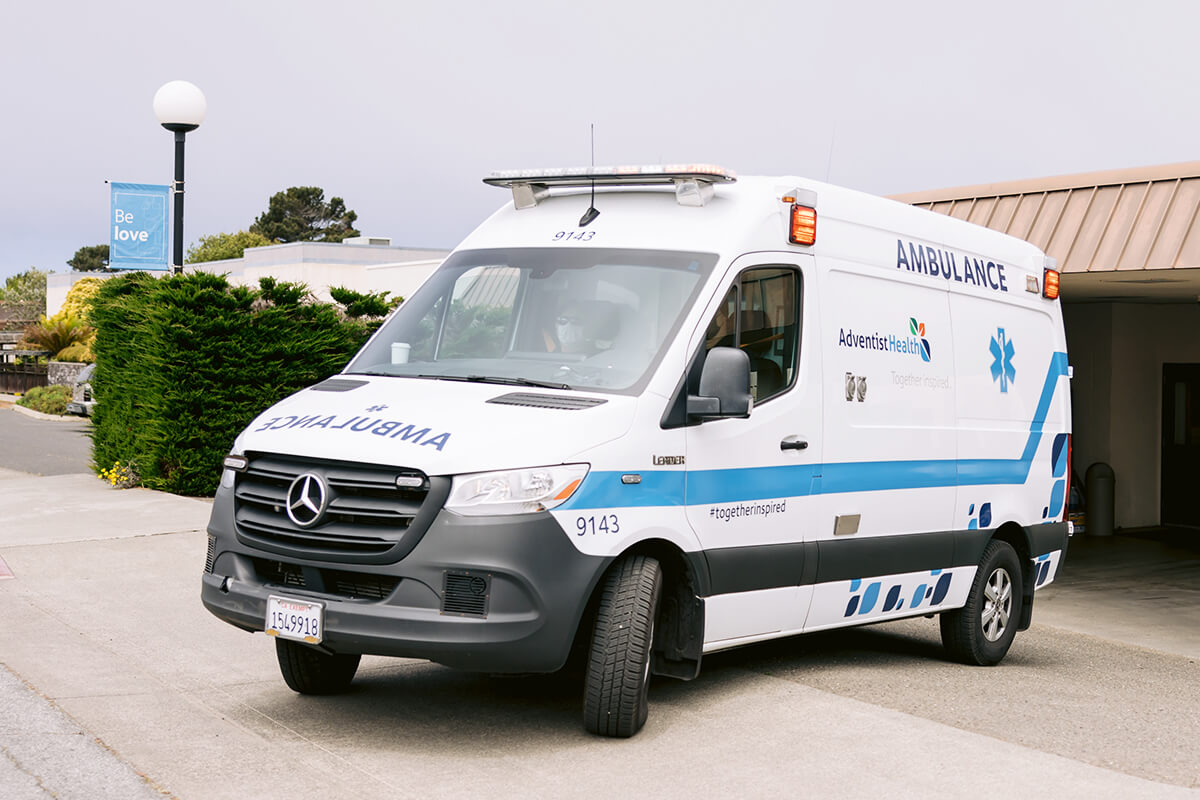Be Prepared in an Emergency
Dec 2, 2024

A trip to the emergency room can be both stressful and emotional. However, with some planning and organization, this difficult time can be made easier. Here are a few steps to prepare for an emergency room visit from the team at Adventist Health St. Helena.
Have an emergency room kit prepared
A trip to the ER will require you to have several pieces of documentation on hand. Having these items prepared in advanced is helpful. Here I list of things to have on hand for an ER visit:
- All insurance cards and coverage information
- A summary of the patient's medical history, including allergies
- Current list of prescription and over-the-counter medications
- A list of emergency contacts
- Copies of legal documents, such as a health care power of attorney and living will
- A change of clothes and toiletry items
- An "in case of emergency" card to keep in a wallet or purse
Add emergency contact numbers to your phone
Cell phones have become a valuable tool in emergency situations. Trained emergency physicians recommend that everyone have multiple "in case of emergency" contacts clearly marked in their phone. This can be done by simply creating contacts with "ICE" in the name. For example, listing ICEl-wife and ICE2-daughter in your phone can help medical professionals get in touch with the correct person in the event the patient is unable to communicate.
Know the quickest route to the hospital
Always know the fastest route to your nearest hospital. It is also a good idea to have the directions to the hospital in your emergency room kit. Keep in mind, sometimes it is better to call an ambulance versus driving to the hospital. The American College of Emergency Physicians recommends calling an ambulance:
- If a condition is life-threating
- If you think the patient's condition could worsen on the way to the hospital
- If moving the person could cause further injury
- If the patient needs the paramedics' skills or equipment
- If distance or traffic conditions could delay getting to the hospital
Know when to go to the ER
If the patient is experiencing any of these classic warning signs, don't delay in going to the ER:
- Shortness of breath
- Fainting or sudden dizziness
- Changes in vision
- Difficulty speaking
- Uncontrolled bleeding
- Sudden, severe pain
- Severe vomiting or diarrhea
- Coughing or vomiting blood
- Unusual or severe abdominal pain
- Confusion or change in mental state or behavior
- Thoughts of suicide or homicide
Emergency Room Location
Adventist Health St. Helena 10 Woodland Road
St. Helena, CA 94574